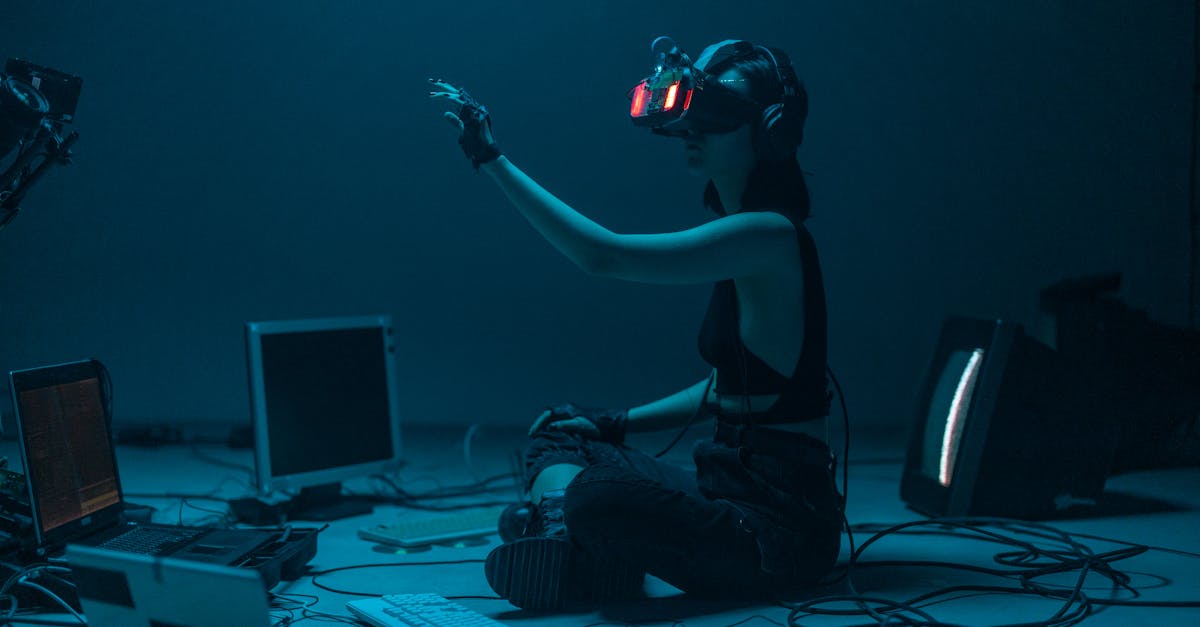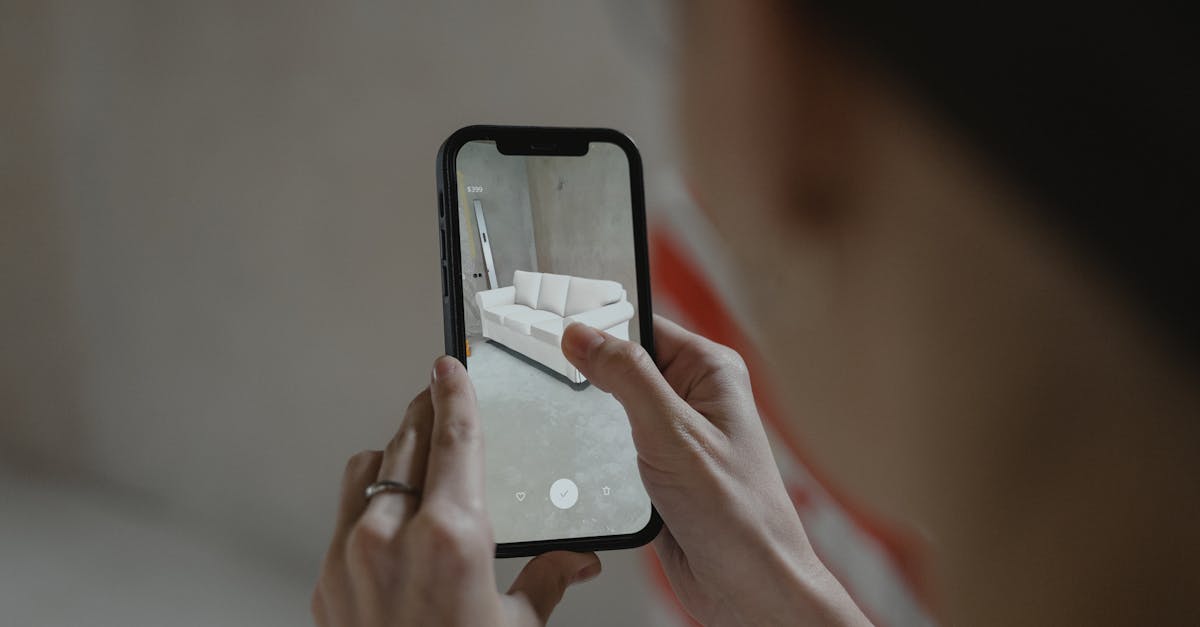Exploring the World of Virtual Reality: Beyond Gaming in 2025
Exploring the World of Virtual Reality: Beyond Gaming in 2025
Virtual reality (VR) has long been associated with immersive gaming experiences, but in 2025, it’s clear that VR has grown far beyond just entertainment. The technology has matured, opening doors to new dimensions in education, healthcare, remote work, social interaction, and creative expression. Today, we’ll dive into this vibrant evolution and explore how VR is transforming everyday life and industries alike.

The Metaverse: A New Social Frontier
One of the most exciting trends in VR is the rise of the metaverse, a collective virtual space where people can meet, work, play, and create. This interconnected digital universe is redefining how we socialize and collaborate. Unlike traditional video calls, VR in the metaverse allows for face-to-face-like interaction with 3D avatars, gestures, and spatial audio — making remote meetings feel much more natural and engaging.
Imagine stepping into a virtual office that feels as real as your own workspace or attending a concert with friends from around the world, all in fully immersive environments. Companies are investing heavily in metaverse platforms to enable seamless collaboration that goes beyond Zoom or Slack, making the future of work more dynamic and interactive.
Revolutionizing Education and Training

Education is another sector where VR is rapidly gaining traction. Interactive VR classrooms and virtual field trips engage students in ways textbooks can’t match. Complex subjects like anatomy, astronomy, and history can be vividly experienced, making learning both fun and effective.
In professional training, VR simulates real-world scenarios without risks, from medical procedures to aviation, allowing learners to practice skills in safe, controlled environments. This hands-on approach boosts confidence and competence dramatically.
Healthcare: Healing with Virtual Reality
Healthcare has embraced VR as a groundbreaking tool. Beyond therapy and mental health, it’s used for pain management, rehabilitation, and surgical planning. VR assists patients by providing calming environments during distressing procedures or distracting chronic pain sufferers with immersive experiences.
Surgeons utilize VR to visualize complex anatomy in 3D before operations, enhancing precision and outcomes. VR-driven empathy training also helps medical professionals develop a deeper understanding of patient experiences, improving care quality.
Work and Productivity Redefined
Remote work is here to stay, and VR is shaping its future by bridging the gap between physical presence and virtual interaction. Virtual offices and creative spaces encourage team spirit and spontaneous collaboration that video calls lack. VR whiteboards, interactive models, and shared virtual spaces facilitate brainstorming and problem-solving in innovative ways.
Entrepreneurs and freelancers benefit from VR hubs that provide both professional settings and social networking opportunities, striking a balance between productivity and human connection.
Creative Expression and Entertainment Beyond Gaming
While gaming remains a major VR driver, the platform also acts as a canvas for artists, musicians, and storytellers. Immersive art galleries, virtual theaters, and interactive storytelling experiences offer creators new ways to engage audiences.
Virtual concerts and festivals bring fans closer to performers, breaking geographical barriers and creating shared memories that transcend screens. In 2025, these VR experiences are becoming mainstream, redefining how we consume and participate in entertainment.
Challenges and Future Outlook
Despite amazing progress, VR adoption still faces hurdles. Hardware costs, comfort, and content quality remain priorities for developers. Privacy and digital well-being will continue to be hot topics as immersive tech embeds deeper into daily routines.
However, advances in lightweight, wireless headsets, AI integration, and 5G connectivity are paving the way for VR to become more accessible and seamless. As virtual and physical worlds blend, our understanding of presence, connection, and experience expands.
Wrapping Up
Virtual reality in 2025 is no longer just about gaming but a powerful, versatile technology touching multiple facets of life. From work to wellness, education to entertainment, VR offers unique opportunities to connect, learn, and create on a whole new level. Staying curious and open to these innovations will keep us ready to embrace the immersive future that’s unfolding.
Are you ready to step beyond the screen and dive into the endless possibilities of VR?







